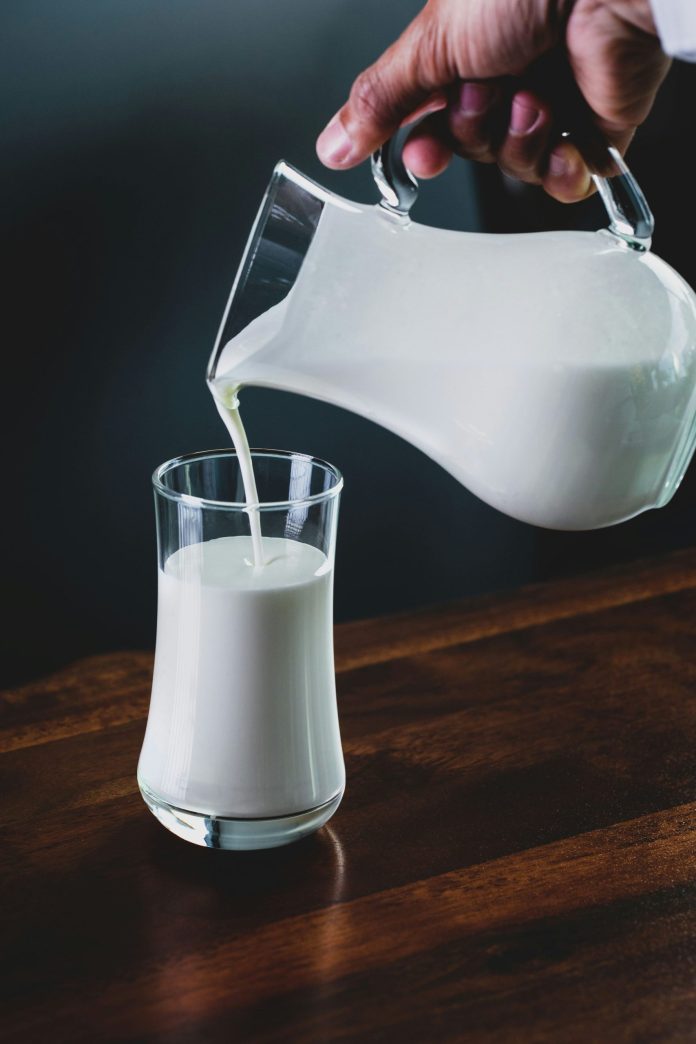By Anthony Nwosu – Lagos
The South East region of Nigeria has emerged as the leading zone in milk consumption, with a record 54.7% of households reportedly consuming milk and dairy products regularly. This is according to the latest 2023/2024 data released by Statisense using figures from the National Bureau of Statistics (NBS), the General Household Survey (GHS), and the Living Standards Measurement Study (LSMS).
The national average of milk consumption stands at 41.5%, with other zones falling behind the South East. The South South region follows closely at 50.1%, while the South West records 48.3%. However, the figures drop significantly in the North: North West (37.6%), North Central (29.4%), and North East (23.3%).
Health and nutrition experts say these numbers reflect the socio-economic imbalance in Nigeria, where access to nutritious foods like milk is often dictated by purchasing power and awareness.
Milk: A Nutritional Necessity
“Milk is not just a beverage—it’s a nutritional powerhouse,” said Dr. Adaeze Onwumelu, a nutritionist based in Enugu. “It provides essential nutrients such as calcium, protein, vitamin D, and potassium which are crucial for the development of bones, especially in children, and also supports heart and muscle health in adults.”
She added that regular milk intake can help tackle malnutrition and stunting, which are still prevalent in many parts of Nigeria.
Economic Barriers Remain a Challenge
Despite its health benefits, milk consumption remains relatively low in many parts of Nigeria due to economic constraints. Industry observers note that the average Nigerian consumes only about 8 litres of milk per year—far below the World Health Organization’s recommendation of 210 litres.
“Affordability is a big issue,” says Suleiman Yakubu, a dairy supply chain expert. “Most households in rural areas can’t afford processed milk, and local milk production still struggles with poor infrastructure, limited grazing access, and outdated techniques.”
Nigeria reportedly spends over $1.5 billion annually on dairy imports, further driving up the cost of milk-based products for the average consumer.
Closing the Dairy Gap
Experts and industry stakeholders are now calling for deliberate efforts to bridge the dairy gap through policy reform, investment in local dairy farming, and nutrition awareness campaigns.
“The government should subsidize dairy products and strengthen school feeding programs that include milk. That will improve access, especially among children in low-income families,” said Mrs. Chinelo Ibe, a food security advocate.
There’s also a push for increased support for small-scale dairy farmers to boost local production, reduce import dependency, and ultimately make milk more affordable and accessible to all Nigerians.
A Call for Action
As the South East sets the pace in milk consumption, nutrition advocates say other regions must not be left behind.
“Milk is a basic dietary need. Ensuring that every household can afford and access it is not just a health issue—it’s a matter of national development,” Dr. Onwumelu stressed.
With proper investment, policy backing, and public education, Nigeria can improve its dairy consumption nationwide and build a healthier future for its citizens.




